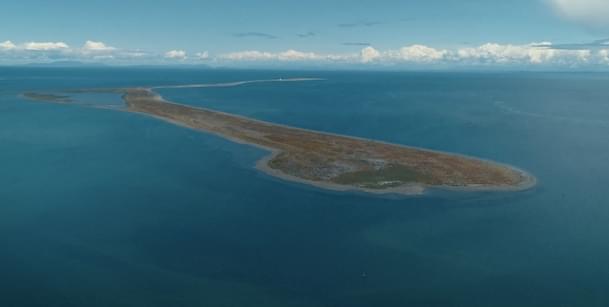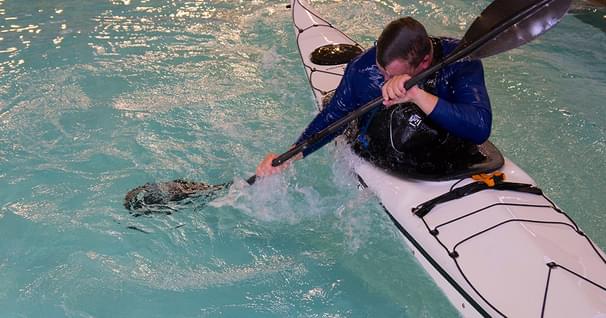Paddling Traffic Rules
Harbors and marinas have plenty of protected water to explore, and can be great places to launch a small boat. With all sorts of activities from boats big and small, there are lots of interesting things to see. But all that boat traffic can make your trip risky, if you don't understand the navigation rules that govern boat traffic.
You can download the nav rules from the Coast Guard's website, or pick up a booklet at any boating store.
The first thing to remember is boats and ships don't come with brakes. Even a small motor boat or sailboat can take 100 feet or more to stop. Large ships take a great deal more space than that, so the smart thing to do is to stay out of their way. If you have any doubt, stay clear. It's better to be safe than sorry.
Channel Marking
Shipping channels will be marked with red and green numbered channel markers. Most ships and large boats must stay between those markers, while kayaks are free to roam anywhere with a few inches of water. So the best way to avoid worrying about boat traffic is to say out of the deep water channel whenever possible.
Channel Crossing
When you must cross the channel, look both ways, and cross at a 90-degree angle. It's not much different than a pedestrian crossing a road. Remember that boats and ships can travel faster than a kayak, so give them plenty of space when crossing.
Be Seen
Finally, remember that motor boats, sailboats, and ships often sit much higher in the water then kayaks and canoes, which can make it challenging for them to see small boats low in the water. Wearing bright clothing helps, but remember to paddle defensively, and never assume other boaters can see you.
That's especially true when the sun is low on the horizon. Boat captains looking into the glare will have a very tough time spotting a small kayak.
So enjoy the sights and sounds of your local harbor, but make sure you know the traffic rules, always wear your life jacket, and use common sense.
And remember: "Be smart, Be safe, and Have fun."
paddling.com has partnered with the United States Coast Guard to bring you this 8-part "Safer Paddling Series" featuring ACA-certified instructors Kate Ross Kuthe and Paul Kuthe. Watch them all as Paul and Kate share valuable safety tips, paddling technique pointers, and other various gear tips.
Related Articles
Dungeness Spit from above, with the New Dungeness Lighthouse in the distance Dungeness…
Driving a car safely involves much more than merely focusing only as far ahead as the taillights of…
Mention “pool session” and the first image that pops into most kayakers minds is a class in how to roll.…
A chart is not a map. A map just shows you how to get from point A to point B through roads. A nautical…




